A root canal treatment is a dental procedure to remove inflamed or infected pulp on the inside of the tooth which is then carefully cleaned and disinfected, then filled and sealed. root canal treatment is designed to eliminate bacteria from the infected root canal, prevent reinfection of the tooth and save the natural tooth.
A single-visit root canal treatment is a dental procedure that can be completed in one appointment, as opposed to the traditional two or more visits.

1. Single visit root canal treatment

2. Composite/ Tooth Colored or Silver Filling Treatment:-
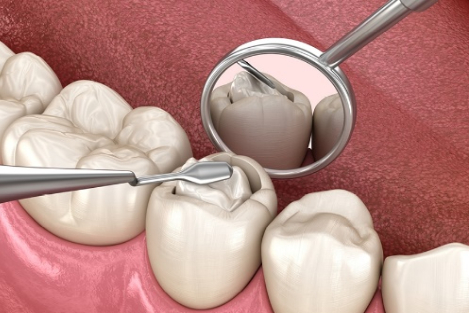
Traditionally, amalgam or silver filling has been used for filling cavities in posterior teeth, and it continues to be the restorative material of choice due to its effectiveness and relatively low cost. dental composite resin materials are an aesthetic alternative to amalgam which is suitable for restoring anterior and posterior teeth. composite fillings, also known as tooth-colored fillings, are a common treatment for repairing decayed, cracked, or broken teeth.
3. Treatement of Cracked/Fractured Tooth:-
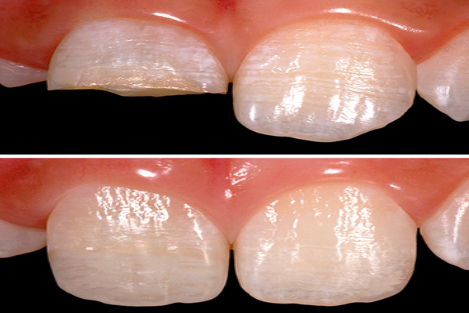
Tooth fractures occur predominantly in children and young people, accounting for 5% of all traumatic dental injuries. management of tooth fracture requires an accurate diagnosis, treatment planning, and regular follow-ups.tooth fractures mostly involve front teeth in the upper jaw because of their position in the oral cavity. the most common causes are sports activities, traffic accidents, and physical violence.depending on the event's intensity, the tooth may be chipped off, partially or completely dislocated, or even knocked out of the oral cavity. tooth fractures require prompt treatment for restoring their function and cosmetic.
4. Treatment of Yellowish/Reddish/Blackish tooth due to smoking/ fluorosis:-
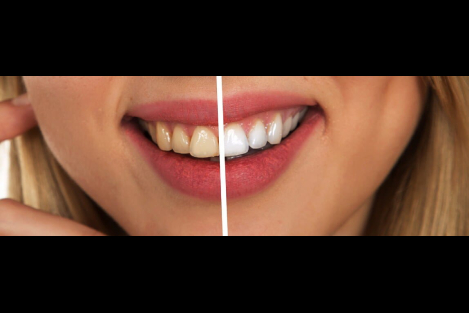
Tooth discoloration is a change in the color of your teeth. they may look less bright and white or may turn yellow. they may even develop white or dark spots in certain places. tooth discoloration can have several causes like lifestyle (food habits), aging, poor dental hygiene, disease, medication, genetics, environmental factors etc.
5. Smile Designing/ Tooth Veneering:-
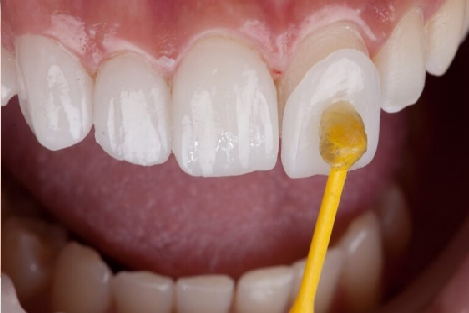
Dental veneers are wafer-thin, custom-made shells that are bonded to the front of teeth to improve their appearance. they can be used to conceal chips, cracks, gaps, and tooth discoloration, to improve the shape, size, or length of teeth, to correct crooked teeth and to improve the appearance of uneven spaces between teeth.
6. placement of diamond over your beautiful teeth to enhance your smile:-
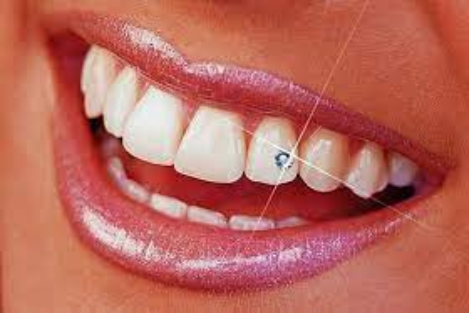
If you can wear jewels in your ears, why not on your teeth? why pierce an ear when you can bond the jewel to a tooth? if you already have piercings and tattoos, like pain and damage – do you care? probably not, then you have to settle just for the good looks of it. but if you happen to be allergic, can’t wear earrings, or do sports where you don’t wear jewelry – so dental jewelry is perfect and you don’t even have to be wealthy. dental jewelry (tooth gem) is basically a gem, a rhinestone, or a crystal that’s put onto a tooth of your choice using an adhesive without damaging the enamel.
7. Scaling/ Cleaning of teeth for better periodontal health
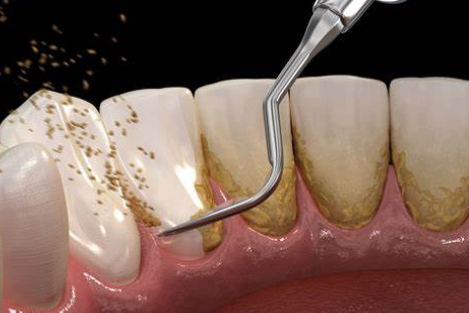
Scaling and root planing is a deep cleaning below the gumline used to treat gum disease. gum disease is caused by a sticky film of bacteria called plaque. plaque is always forming on your teeth, but if they aren’t cleaned well, the bacteria in plaque can cause your gums to become inflamed. when this happens, your gums will pull away from your teeth and form spaces called pockets. plaque then gets trapped in these pockets and cannot be removed with regular brushing. if untreated, gum disease could lead to bone and tooth loss.
8. treatment of malaligned tooth with braces/ aligners:-
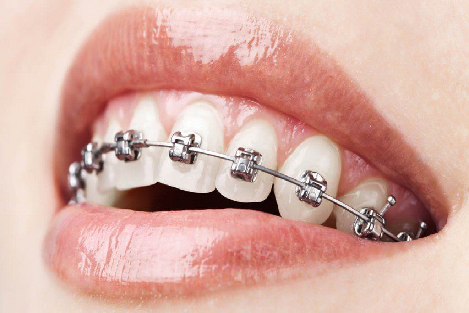
Malocculusion is the clinical term for misaligned teeth that can lead to oral health complications like overbite, underbite, crossbite, and overcrowding. as the teeth are misaligned, it becomes difficult to perform vital oral functions like chewing, biting and speaking but an orthodontist is specially trained in treating all types of malocclusions and can effectively correct the way your teeth line up in the jaw. orthodontic treatment involves a variety of tools and techniques to move the misaligned jaw and crooked teeth into the right positions.it can be fixed with various treatments like braces, invisalign aligners, removable devices like retainers etc.
9. treatement of wisdom tooth/ 3rd molar
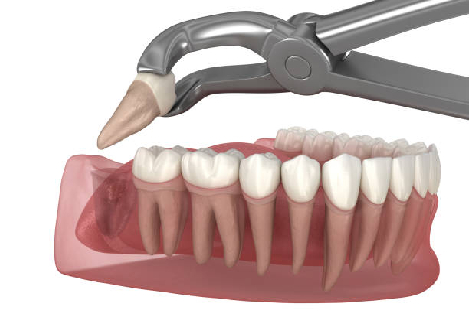
Third molar extraction, also known as wisdom tooth extraction, is a common oral surgery procedure. it's often needed when third molars cause issues like: pain, tooth decay, periodontal disease, pushing against second molars, and making it hard to brush all areas of teeth.
10. Implant placement surgeries:-
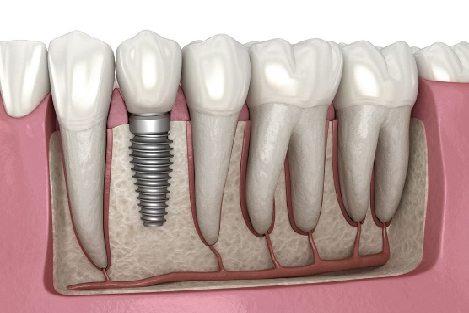
Dental implants are small, threaded posts that surgically replace missing teeth. in addition to filling in gaps in your smile, dental implants improve chewing function and overall oral health. once healed, implants work much like natural teeth.
11. treatment for your missing teeth as dentures:-
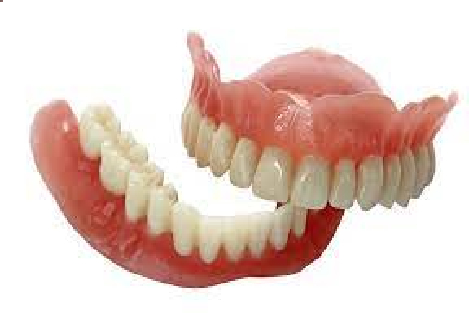
Dentures are used to replace in case of missing or lost tooth. dentures are framed in a way such that all the qualities of the tooth are maintained and help in chewing the food. dentures are supported by hard and soft tissues. they become useful when there is the loss of teeth helping to fulfill the tooth functionality.
12. treatment of your missing teeth as fixed ceramic/ metal/ gold crowns:-
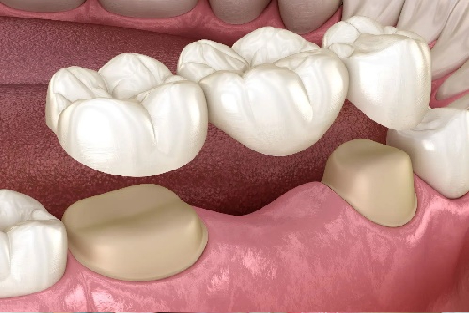
A dental crown is a tooth-shaped cap that restores a decayed, broken, weak or worn-down tooth. dentists also use crowns to cover dental implants and root canal-treated teeth. made from a variety of materials, including metal, resin and porcelain, crowns last between five and 15 years with proper care.
13. Treatment of space between your teeth:-
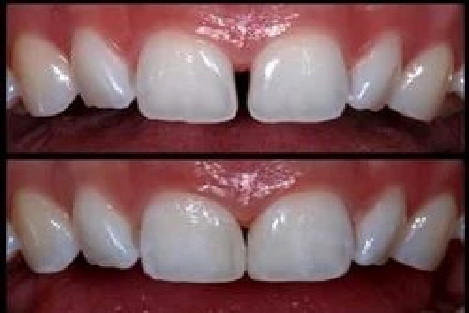
Diastema refers to a gap between your teeth. gaps can occur anywhere in your mouth, but they’re most common between your two front teeth. this condition is usually a cosmetic concern, but sometimes, it’s related to gum disease. diastema treatments include dental cement, porcelain veneers and braces.